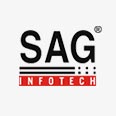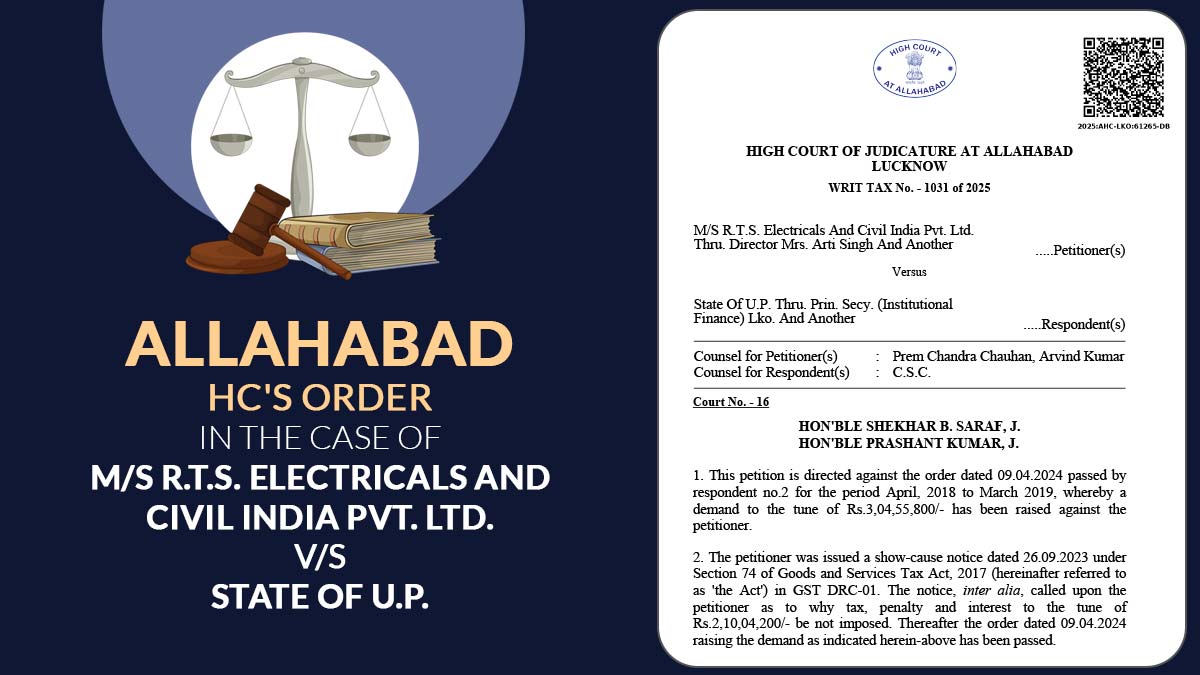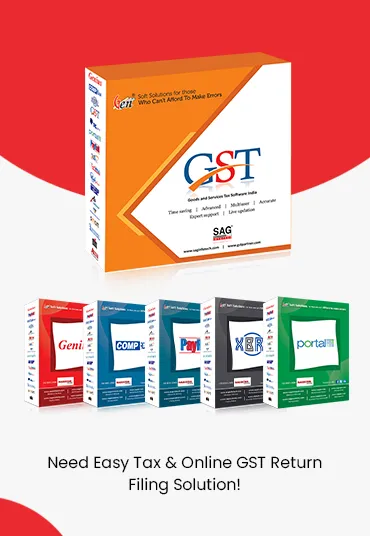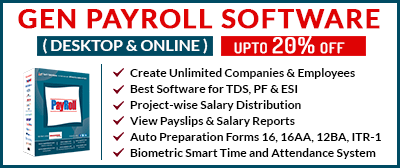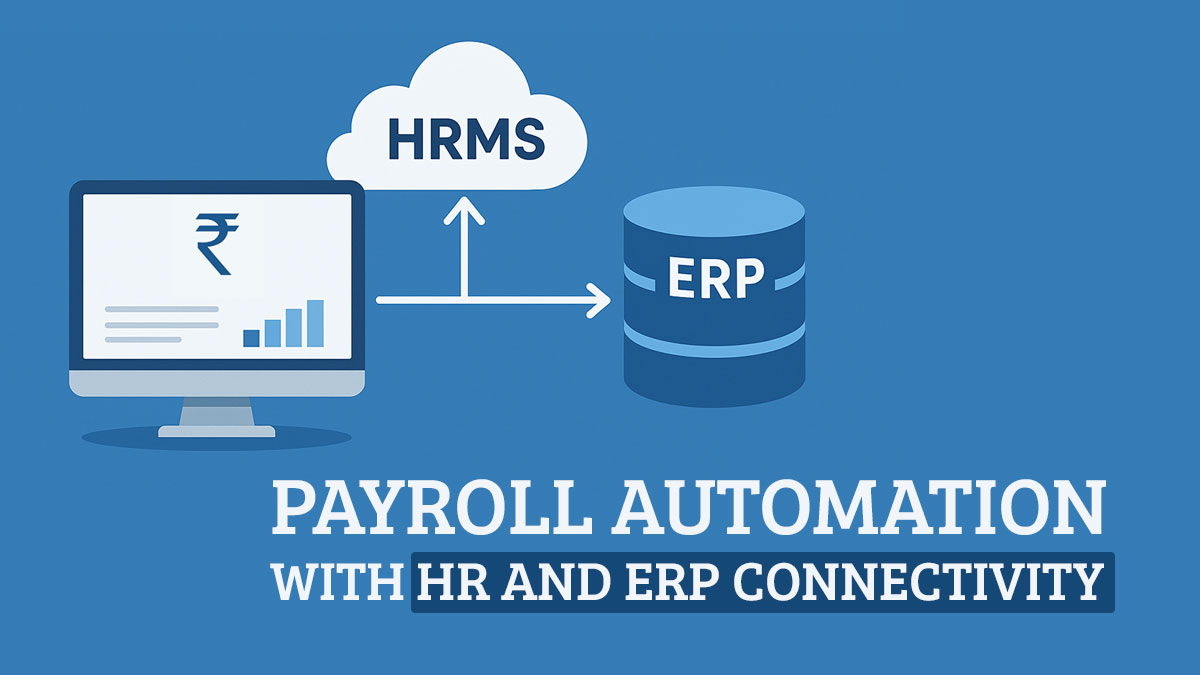
Automation and integration are the main drivers of organisational efficiency in today’s competitive business landscape. The integration of Payroll Software with HRMS (Human Resource Management Systems) and ERP (Enterprise Resource Planning) platforms is among the impactful technological advancements in this area.
The same integration facilitates payroll management and assures data consistency, improves compliance, and enhances decision-making across departments.
Comprehending Payroll, HRMS, and ERP Systems
It is crucial to comprehend the main operations of such systems before exploring the benefits of integration:
- Payroll Software manages the employee salary processing, tax deductions, compliance reporting, and payslip generation.
- HRMS concentrates on the employee life cycle management, along with recruitment, attendance, performance tracking, and leave management.
- ERP Systems unite business functions like finance, accounting, inventory, procurement, and project management under a single platform.
Integrating payroll software with HRMS and ERP systems creates a centralized digital ecosystem that eliminates manual interruptions and redundant data entry.
What are the Requirements for Integration?
Despite this, many organisations still rely on separate HR, payroll, and accounting systems, leading to data duplication, calculation errors, and time-consuming reconciliation processes. Combining such platforms proposes an easier flow of data between departments and assures all employee and financial data stays synchronised.
For example, in the payroll system, employee attendance recorded in the HRMS affects salary calculations, while the payroll output automatically updates financial ledgers in the ERP. This connectivity guarantees accuracy and transparency in financial reporting.
The Real Benefits of Payroll Integration
Below, we have outlined the benefits of integrating payroll software with HRMS and ERP platforms.
Streamlined Data Flow and Accuracy
Between HR, payroll, and finance systems, integration ensures real-time data synchronisation. When an employee’s status changes, such as through a promotion, transfer, or resignation, the update automatically reflects across all platforms. It lessens the manual errors and keeps consistency in employee and financial records.
Improved Payroll Accuracy and Timeliness
Manual payroll procedure can lead to computation mistakes, delayed salary payments, and compliance risks. The payroll system with integration pulls attendance, leave, and deduction details from HRMS, ensuring accurate salary disbursement and timely payments every month.
Enhanced Compliance and Reporting
Integrated systems facilitate compliance with statutory laws like PF, ESI, TDS, and professional tax. The system auto-generates compliance reports and assures timely submission. ERP integration delivers financial audit trails, allowing organizations to maintain transparency and avoid penalties.
Reduced Administrative Workload
HR and finance teams spend a lot of time reconciling payroll data and updating records. Integration automates repetitive administrative tasks such as updating ledgers, generating payslips, and creating tax summaries, permitting staff to focus on strategic functions like employee engagement and policy planning.
Real-Time Insights and Analytics
Through payroll integration with ERP, management gains access to detailed analytics on labour costs, overtime expenses, and department-wise payroll distribution. These insights enable more effective decisions regarding budgeting, workforce optimisation, and resource allocation.
Scalability and Flexibility
As the organization grows, integrated solutions can be easily scaled.. Whether a company expands its workforce or adds new branches, the system adapts without needing intricate manual adjustments.
How Integration Works
The integration process consists of connecting the APIs (Application Programming Interfaces) of the payroll, HRMS, and ERP systems. These APIs enable data to flow securely and automatically between systems.
For example:
- Employee onboarding data entered in the HRMS is automatically shared with the payroll software.
- Attendance and leave data feed directly into payroll calculations.
- Payroll summaries and expense reports update automatically in the ERP system’s finance module.
Specific advanced payroll solutions propose pre-built integration options for popular ERP and HRMS platforms, minimizing setup time and technical complexities.
Some Common Integration Challenges
As integration proposes benefits, organizations must be conscious of the challenges-
Data Migration: Careful planning is required when migrating data from legacy systems to integrated platforms to prevent data loss or duplication.
System Compatibility: Not all software is compatible. Businesses may require middleware or custom APIs.
Data Security: Ensuring the protection of sensitive employee and financial data shared across platforms is essential for compliance with privacy laws, such as GDPR.
Cost and Training: Although the initial setup and employee training may require an investment, the long-term benefits typically outweigh these costs.
Effective Practices for Successful Integration
Evaluate Business Necessities – Before choosing integration tools, identify the major issues in the existing HR and payroll operations.
Choose Scalable Software- Choose the software that reinforces future growth and third-party integrations.
Ensure Data Precision- Ensure that all employee data is carefully cleaned and validated before integration to avoid any errors.
Implement Strong Security Protocols- To protect sensitive data, use encryption, access control, and regular audits.
Provide User Training- Validate that HR payroll and finance staff have comprehended the updated system and can use it appropriately.
Closure: The present time warrants integrating Payroll Software with HRMS and ERP systems for modern organisations desiring efficiency, accuracy, and compliance. This integration develops a suitable digital environment where data flows easily between departments, reducing errors, saving time, and authorising management with actionable insights.
Investing in integrated payroll solutions shall pave the way for easier operations, effective workforce management, and sustainable organisational growth as businesses continue to adopt digital transformation.
